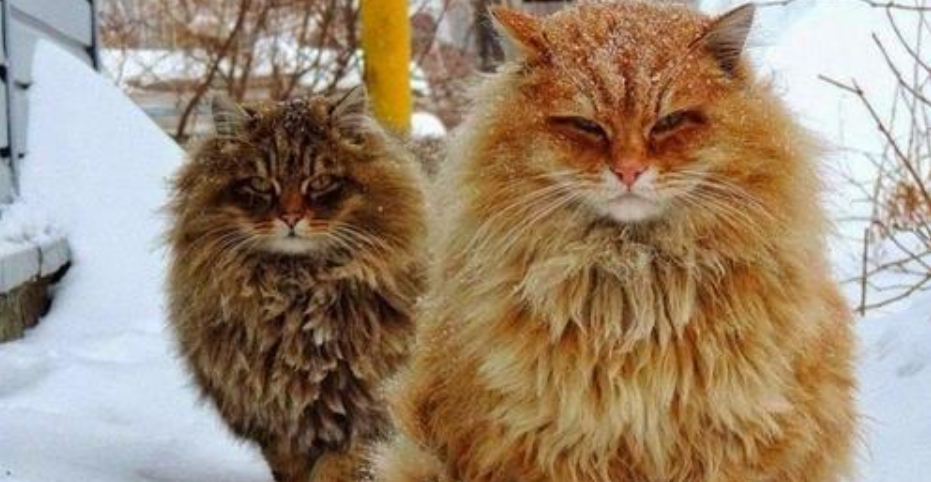The enchanting “mystic wildcat of folklore” is rapidly becoming a beloved household companion in Northern Europe.
The Norwegian forest cat, known as “scogkatts” in Norwegian, has a lineage dating back between 1500 and 4,000 years, forged by the forces of natural selection. Despite teetering on the brink of extinction during World War II, these venerable felines are experiencing a resurgence in Norway, Sweden, Iceland, and even France.

The precise origins of these mystical cats are the subject of debate. One theory posits that Vikings introduced short-haired cats from the British archipelago, which subsequently intermingled with long-haired cats brought back by crusaders. Another hypothesis suggests they are a hybrid blend of Siberian forest cats from Russia and Turkish Angoras. Regardless of their genesis, they have been central to Norse folklore for countless generations.
Dedicated breeders from Finland affectionately characterize these felines as the “mystic wildcats of fairy tales”.
According to Norse mythology, forest cats held a special place in the heart of Freyja, the goddess of love, fertility, and the hearth, who was often depicted traveling in a chariot drawn by either two white or gray forest cats. Legend has it that her divine presence passing through the countryside led to the bountiful sprouting and growth of seeds. Farmers who offered pans of milk to her sacred cats were rewarded with abundant harvests. These forest cats were reputed to be so colossal that not even the gods could hoist them.

These robust, giant cats were almost certainly the feline companions that accompanied Viking seafarers on their voyages, providing invaluable pest control in Viking barns and keeping them free from rodents and disease.
Notable for their exceptional hunting and climbing skills, one Norwegian saga depicts them as “mountain-dwelling cats with an unparalleled ability to scale sheer rock faces that left other feline counterparts in awe”.
However, much like their Viking brethren, forest cats possess a tender side. Weighing in at up to 16 pounds, their considerable size is primarily a façade. Approximately 75% of their mass is fluffy fur, rendering them the ultimate snuggle buddies. Their thick double coat features a downy underlayer and a water-resistant woolen topcoat, ensuring they remain warm during the extended, frigid Nordic winters.

Fondly referred to as “Wegies”, these cats stand out amongst their larger feline peers for their serene and composed demeanor. They are the most sizeable domesticated cats globally, second only to Maine Coons, believed to be their descendants, which can reach weights of up to 25 pounds.
“Wegies” are known for their friendly, sociable, and independent nature. According to BasePaws.com: “While they greatly appreciate the company of their favored humans, they prefer to set their own terms. They can be lap cats, but only when, where, and with whom they choose to cuddle. These felines relish exploration and are adept climbers. If given the freedom to roam, they often develop into highly effective hunters”.
Source: Return to Now
